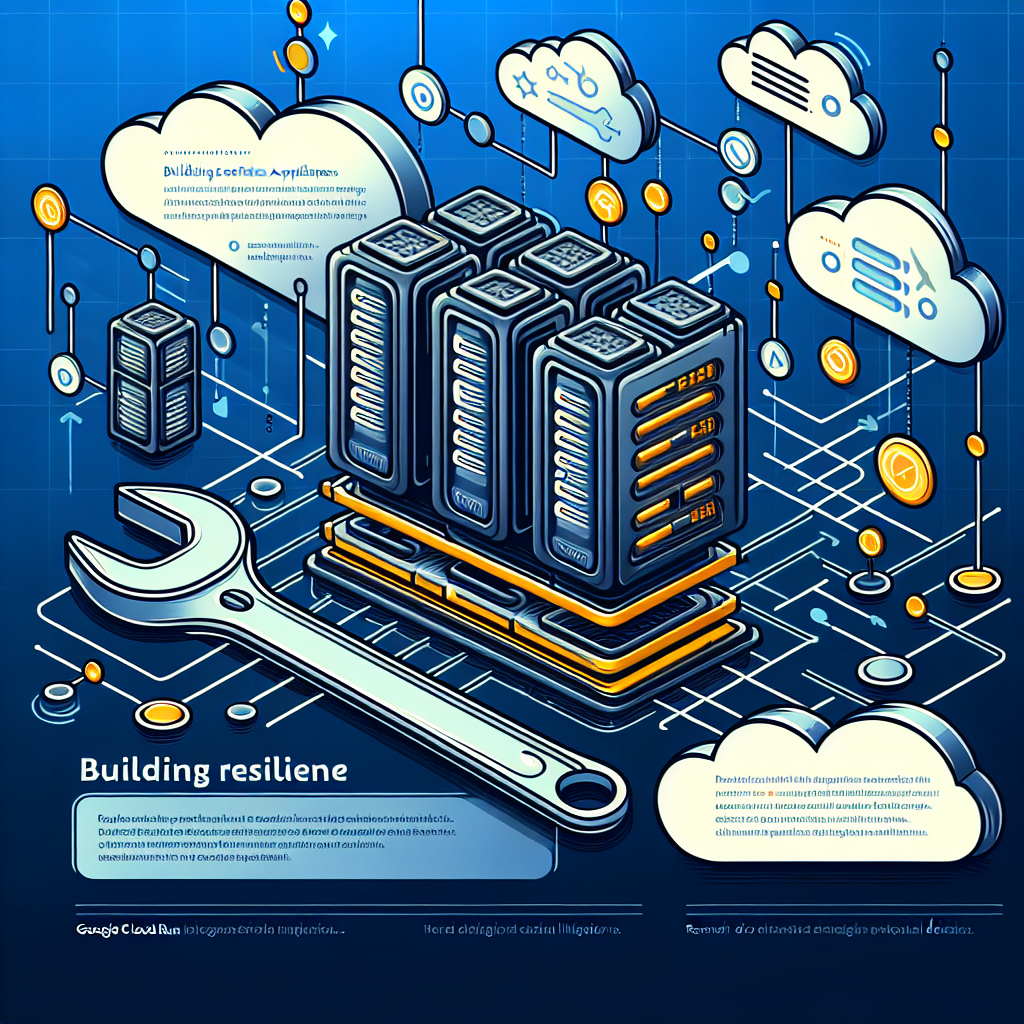Building Resilient Serverless Applications on Google Cloud Run: Tips and Tricks for Success
Serverless computing has become a popular choice for many developers looking to build scalable and cost-effective applications. Google Cloud Run offers a unique solution for building serverless applications that can run in containers, allowing for greater flexibility and control over the environment in which your code executes.
Building resilient serverless applications on Google Cloud Run requires careful planning and attention to detail. Here are some tips and tricks to help ensure the success of your project:
1. Use managed services: Google Cloud Run offers a variety of managed services that can help simplify the development and deployment process. These services include Cloud Build for continuous integration and deployment, Cloud Logging for monitoring and troubleshooting, and Cloud Scheduler for running background tasks at specified intervals. By taking advantage of these managed services, you can focus on building your application without having to worry about managing infrastructure.
2. Implement error handling: Serverless applications are inherently distributed and can be prone to failures. It’s important to implement robust error handling mechanisms to gracefully handle exceptions and failures that may occur. Use tools like Stackdriver Error Reporting to track and monitor errors in your application, and consider implementing retries and fallbacks to handle transient failures.
3. Monitor performance: Monitoring the performance of your serverless application is crucial for identifying bottlenecks and optimizing resource usage. Use tools like Stackdriver Monitoring to track metrics such as CPU usage, memory usage, and request latency. Set up alerts to notify you of any performance issues that may arise, and use the insights gained from monitoring to make informed decisions about scaling and optimization.
4. Optimize for cold starts: Cold starts can be a common issue with serverless applications, as the platform needs to spin up a new container to handle incoming requests. To optimize for cold starts, consider using pre-warming techniques to keep containers warm and ready to handle requests quickly. You can also optimize your code and dependencies to reduce startup time and improve performance.
5. Secure your application: Security is a top priority for any application, and serverless applications are no exception. Use Google Cloud’s Identity and Access Management (IAM) to control access to your resources and ensure that only authorized users and services can interact with your application. Implement encryption to protect sensitive data in transit and at rest, and regularly audit and update your security policies to stay ahead of potential threats.
By following these tips and tricks, you can build resilient serverless applications on Google Cloud Run that are scalable, reliable, and secure. With careful planning and attention to detail, you can ensure the success of your project and deliver a high-quality application that meets the needs of your users.


